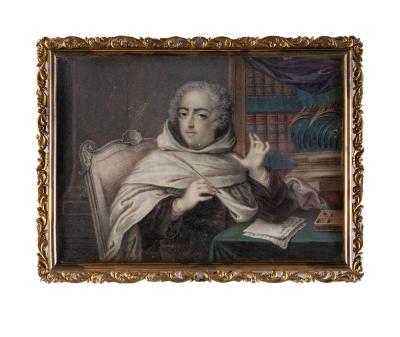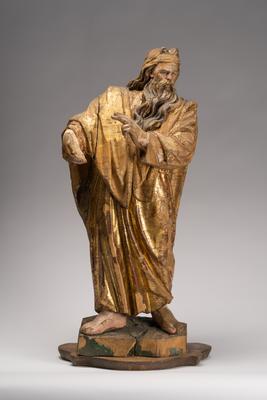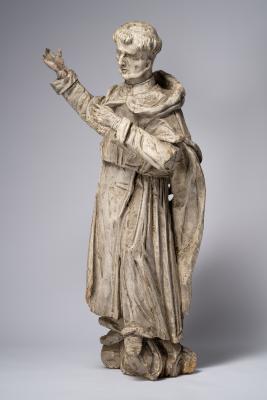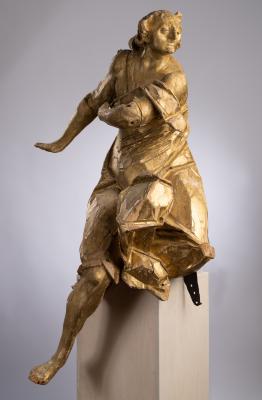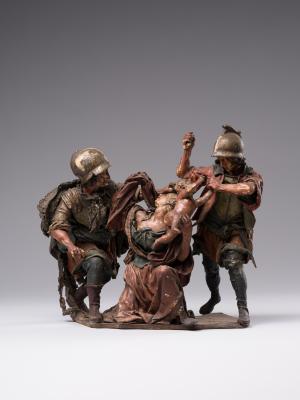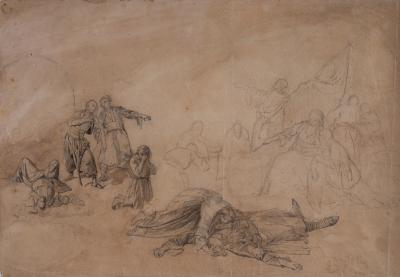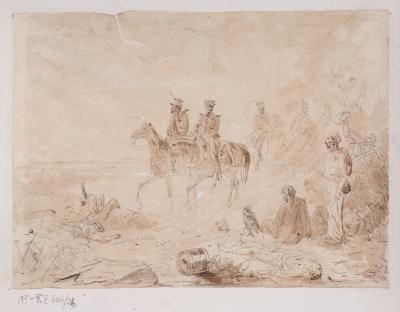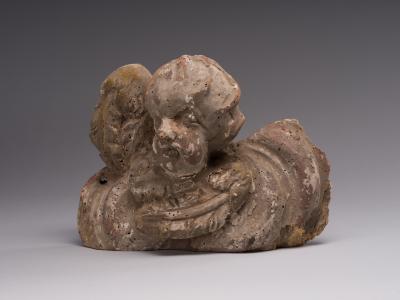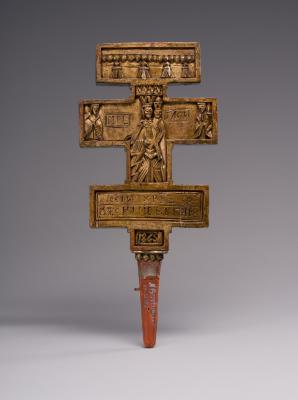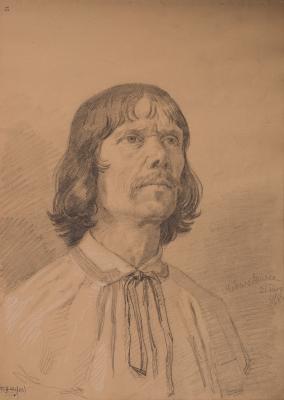Capri is an island located on the south side of the Gulf of Naples in the Campania region of Italy, opposite the Sorrento Peninsula. Here, since the time of the ancient Romans, the beauty of landscapes and idyllic atmosphere contributed to an increase in the number of majestic luxury villas inhabited by emperors, and later by intelligentsia, prominent politicians, and artists who loved to spend their holidays on Capri and enjoy its pristine tranquility. Capri is a true myth rooted in the distant past, when the ancients associated Odysseus and the myth of mermaids told by Homer with the island. As early as the mid-nineteenth century, Capri was the main goal of the Grand Tour journey, which was undertaken by wealthy young European aristocrats and famous artists, who described the abundant nature, mild climate, changing colors, and romantic play of light in the caves of that place. At the beginning of the twentieth century, Capri underwent extraordinary urban development, in particular dream houses and grand mansions of the international bourgeoisie were built there, and the first prestigious tourist spots and hotels were developed. The perfect combination of history, natural beauty, sophistication, luxury, and culture created the myth of Capri and made it undoubtedly one of the most popular islands in Italy. As was common in the early twentieth century, the artist sought inspiration in traveling to exotic countries. Since Jan Ciaglinski lived mainly in St. Petersburg, a city characterized by a monochromatic landscape and little light, it becomes obvious why the artist travelled to sunny climes.









